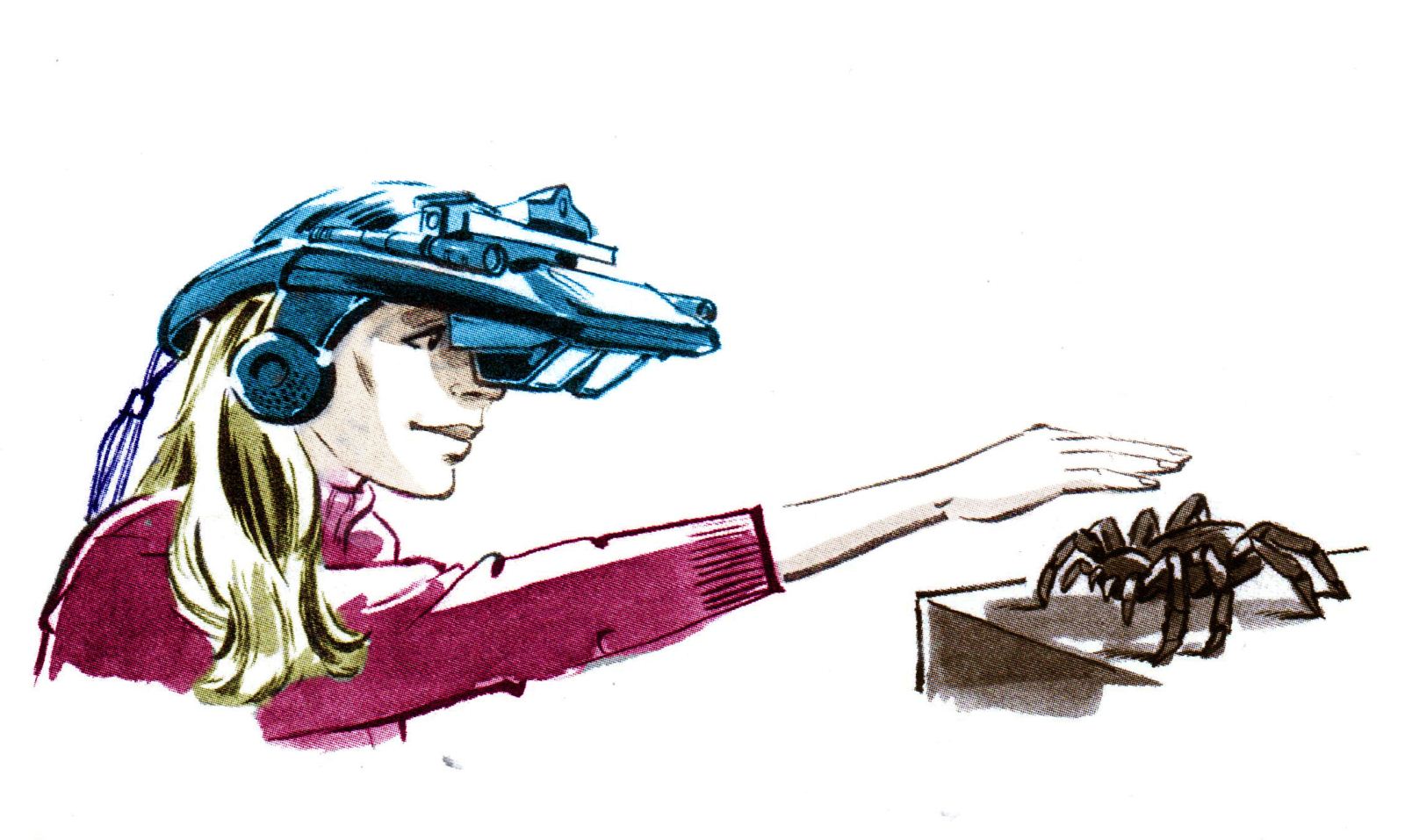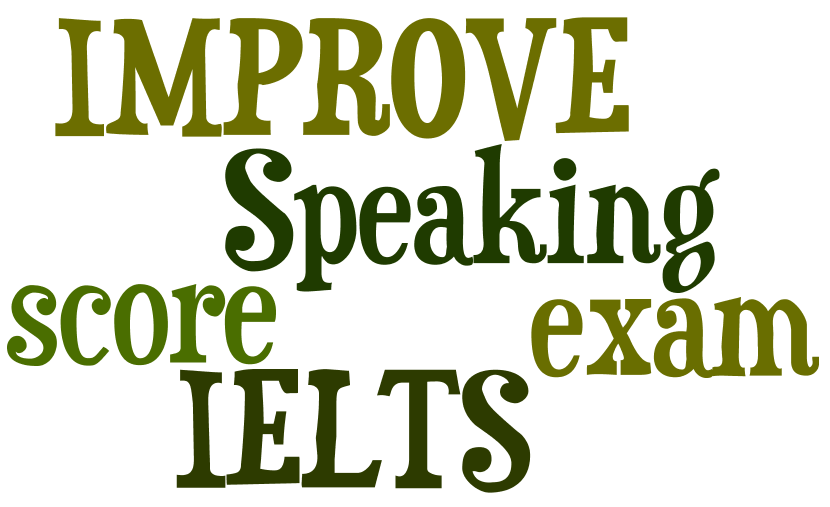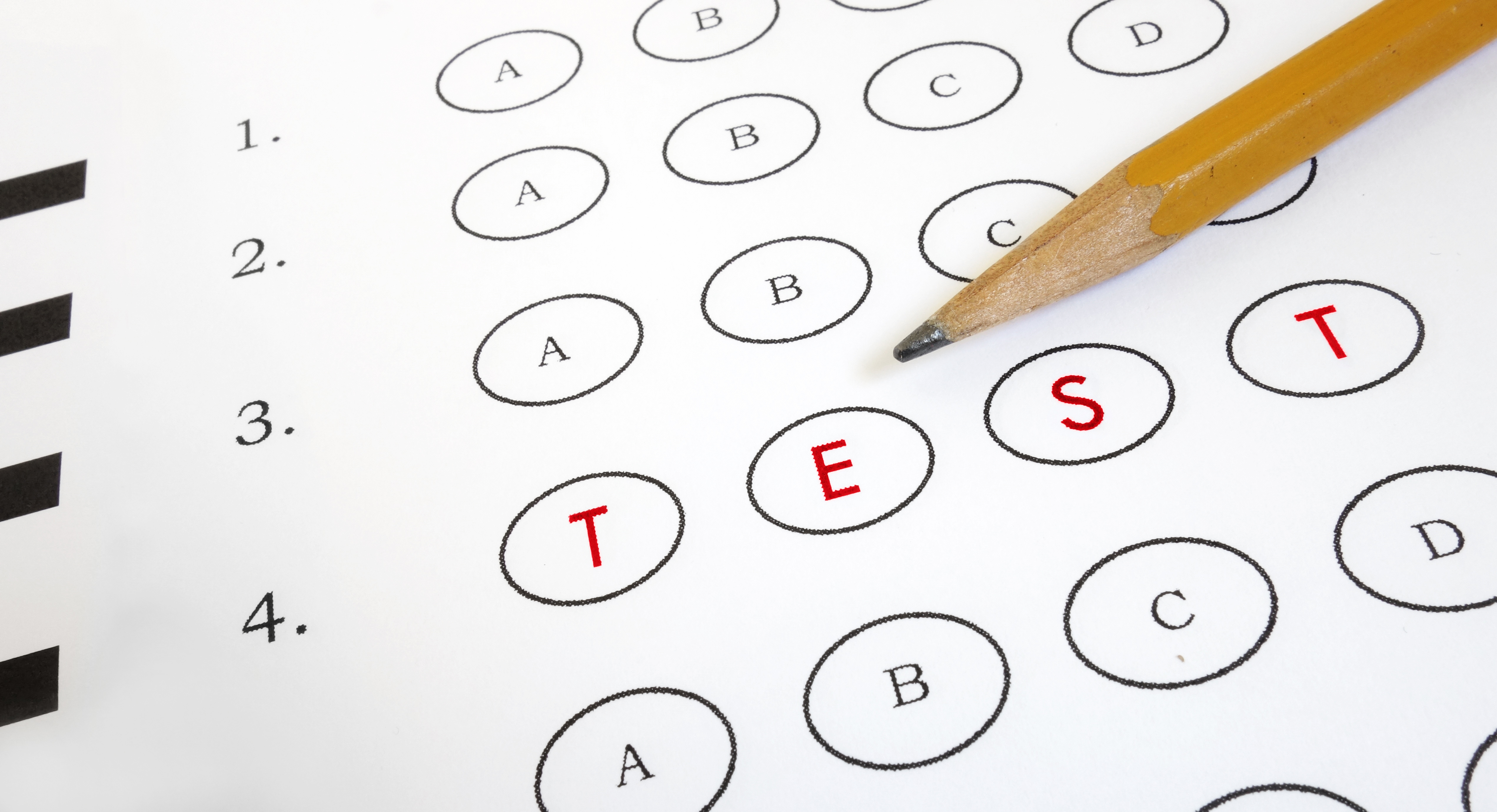IELTS HOPECO Reading: Unit 6 - Being Human (WB 4-5.5)
Reading 1
Yes / No / Not Given
1. You are going to read a passage about bad habits. Read the title and subheading first. What do you think the writer is going to say about bad habits?
a Most people have bad habits that they'd like to break.b It can be extremely hard to break a bad habit.
c People pick up most of their bad habits while they are growing up.
d People are not always aware that they have bad habits.
We all think we can break our bad habits — but they can stay with us for life |
2. Read Questions 1-7 below and underline the words that you think will help you find the right place in the passage.
Questions 1-7
Do the following statements agree with the claims of the writer in the Reading passage?Write
YES if the statement agrees with the claims of the writer
NO if the statement contradicts the claims of the writer
NOT GIVEN if it is impossible to say what the writer thinks about this
1. We usually develop bad habits when we are very young.
2. We can only break bad habits if people tell us to do so.
3. Bad habits may return when we are under pressure.
4. Researchers were surprised by the answers that the volunteers gave in the first test.
5. The volunteers found the test more difficult when they did it the second time.
6. People find it more difficult to remember things they learnt when they were young.
7. If we develop bad habits early in life, they are harder to get rid of.
3. Now answer Questions 1-7.
Reading 2
Summary completion with a box4. Find the words in bold in the passage on the right and match them to the following definitions.
1. to do or make something which behaves or looks like something real, but which is not real2. the work of treating mental or physical illness without surgery
3. using computer images and sounds that make you think an imagined situation or object is real
4. to make someone experience something or be affected by it
5. an extreme fear of something
6. someone whose job is to treat a particular type of mental or physical illness
Fighting fear using virtual realityComputers are not just for entertainment, shopping or research purposes - as one woman found out when she tried to cure her fearsMost people have at least one thing they are afraid of. A fear of things like snakes, spiders, dogs, heights or open spaces affects over 90% of the population. In extreme cases, a fear can develop into a phobia, where the fear of something is so powerful it can affect the way the sufferer lives their life. About 10% of people suffer from a phobia. Most sufferers never seek treatment, because the most common type of cure - 'exposure therapy' - involves them being exposed to the object of their fear, and this is the last thing many of them are prepared to do. There is now a new cure for phobias, using something called virtual reality exposure therapy (VRET). The concept is simple. The person with the phobia wears a virtual reality headset. A computer, controlled by a therapist, then simulates a variety of situations in which the sufferer is gradually exposed to the object of their fear, which they view on the headset's screen. At the same time, the therapist explains why they should not be afraid of it. The technique is surprisingly successful, as this case demonstrates. Sara Considine had a serious spider phobia, and had developed several spider-related behaviour patterns. Before going to bed, for example, she would check her room for spiders, then seal the windows with tape so none could get in. She had frightening dreams about spiders every night. Eventually, she decided to get treatment. During twelve one-hour virtual reality sessions over a three-month period, Ms Considine started very slowly. First, she stood a long way from the virtual spider and just looked at it. Slowly, she moved a little closer. The therapist controlling the computer programme then made the virtual spider move. After just two sessions, Ms Considine reported that although she still saw spiders in her dreams, they were no longer frightening, and she had even managed to have an amusing `conversation' with one of them. A few sessions later, the therapist encouraged her to hold the virtual spider in her virtual hand, and put it in places where the presence of a real spider would cause her fear. The next stage was to introduce touch. A large toy spider was placed next to her. Ms Considine then reached out to touch the virtual spider she could see on the screen, and at the same time her real hand touched the toy spider. After her sessions were over, Sara Considine was able to stop her spider-related behaviour. She even took up camping, something she would never have considered before therapy. More recently she has appeared on a television nature programme, where for the first time she was able to hold a real spider in her hands. |

5. Now find the part of the passage that deals with Sara Considine's VRET treatment course and answer Questions 1-5.
| Questions 1-5 Complete the summary using the list of words and phrases, A-J, below. Treating a phobia using VRET Sara Considine's programme of treatments lasted for 1……………. months. At first, the sessions did not move very 2……………., as she just 3 ……………. the virtual spider through her headset. It only took two sessions for her to stop being 4 …………….the spiders in her dreams. After a while, she could hold the virtual spider in her virtual hand, and the next stage involved making physical 5……………. with a toy spider. A afraid of B amused by C contact D held E observed F quickly G slowly H touch I three J twelve |
Mọi thông tin chi tiết, các bạn vui lòng liên hệ:
DU HỌC UNIGLOBE
10/3 Nguyễn Thị Minh Khai, Phường Đa Kao, Quận 1, TP.HCM
ĐT: (08) 35 173 345 – 35 173 678
Email: info@uniglobe.edu.vn
Website: www.uniglobe.edu.vn







bình luận